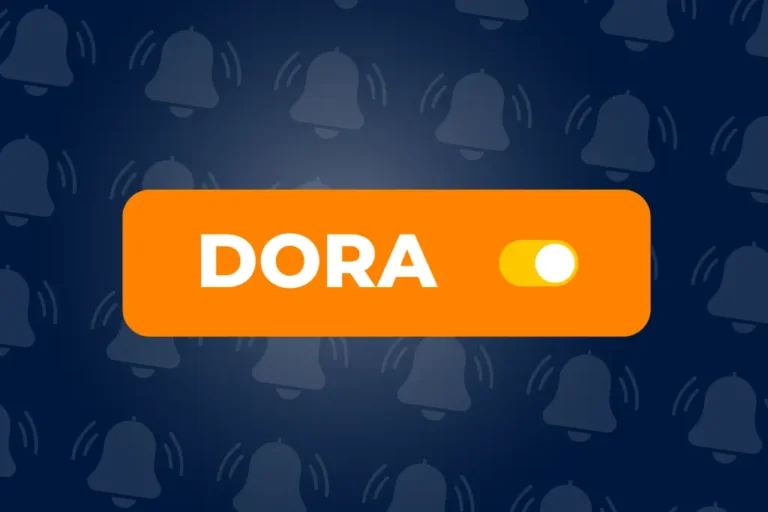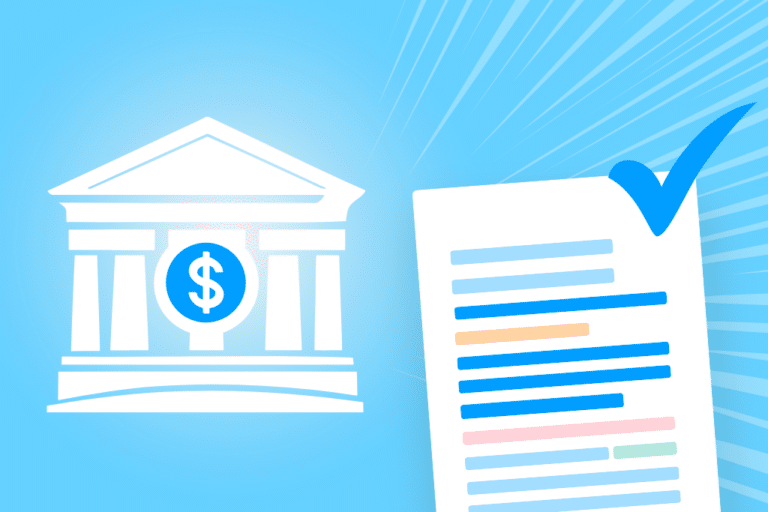Serving on a board requires a certain amount of financial knowledge that some new board members may not have. It’s easy to get overwhelmed trying to learn about the organization, solving the issues it faces, and learning to read financials all at once.
Remember throughout the process that you were selected for the unique expertise and viewpoint that you bring to the table and are not required to be a financial genius in order to be a good board member. The first part of your job is to help guide the organization’s mission, and the second is to review financials to ensure that the organization is fiscally sound. The second is easier to learn than you may think.
We will take you through the basics of what you will need to know, including what to look for in financials. Don’t be intimidated by the learning curve and reach out to fellow board members for help. They were new once too and will be happy to help you.
What’s in The Board Pack?
Prior to each board meeting, you will receive a board pack (also referred to as a board packet, board package, or board book) which will include financial statements, the agenda for the meeting, an attendee list, time and location of the board meeting, and minutes from the prior meeting. These are usually sent out so that the board members receive them 1-2 weeks prior to the board meeting.
As far as the financials go, you will usually see a profit and loss (or income) statement, a balance sheet, cash flow statement, and other supporting documents and reports. These will all be summarized in an Executive Summary. The rest of the material in the board pack will differ based on whether the organization is for-profit or not-for-profit. A for-profit corporation’s board pack will be far more involved and may include a breakdown by department, a management discussion & analysis section, and more. A not-for-profit may have committee reports, proposed policies, and more.
- Profit & Loss Statement
The profit & loss statement is also known as the income statement, income and expenditure statement, or statement of operations. As its name suggests, it shows earned revenue and losses over the course of the reporting period. There are usually four categories; revenue, gains, expenses, and losses which lead to a total of net income or net loss, depending on how the math works on the statement. It provides a succinct snapshot of the organization’s financials. Board members should pay attention to numbers in each category that are out of line with historical numbers either on the plus or minus side, and there should be ample documentation to explain any larger-than-usual gains or losses.
- Balance Sheet
The balance sheet is a simple summary document which shows the company’s assets and liabilities. In the case of a for-profit corporation, it also shows shareholder equity. Directors should pay close attention to both, as overvaluation of assets and undervaluation of liabilities are both potential warning signs of either financial fraud or mismanagement.
- Cash Flow Statement
A cash flow statement is a key indicator of the financial health of an organization, since it shows if an organization generated cash, which is more tangible than making a profit on paper. It is usually structured to show all cash intake and expenditures.
If you want to learn more, and are engaged with a board for a for-profit organization, the Institute for Management Development in Switzerland has a tip sheet for directors who are not financial specialists. Chartered Professional Accountants Canada offers a free guide to financial statements for nonprofit directors.
Putting together and reviewing a board pack is much easier with board portal software such as DiliTrust Exec. It is available on desktop or as a mobile app, making board meetings possible and secure from anywhere you happen to be. Avoid using email to exchange information necessary for a board meeting with a solution designed by board members for board members.



